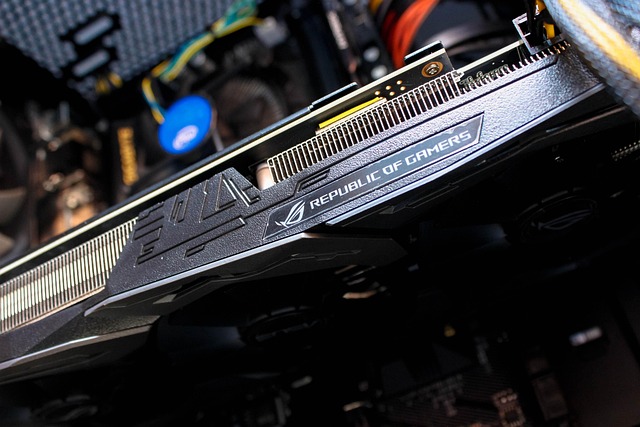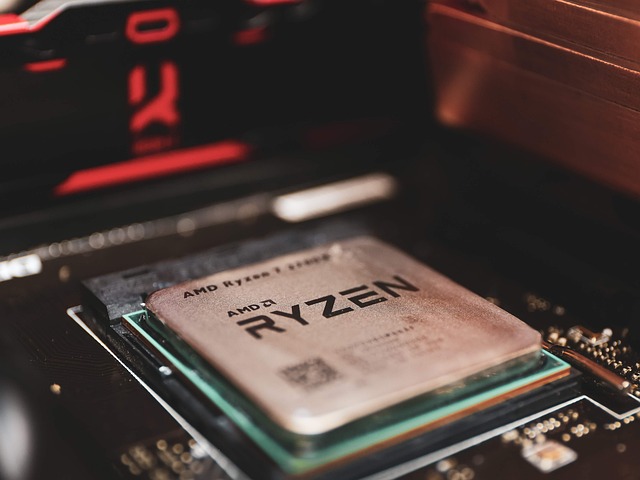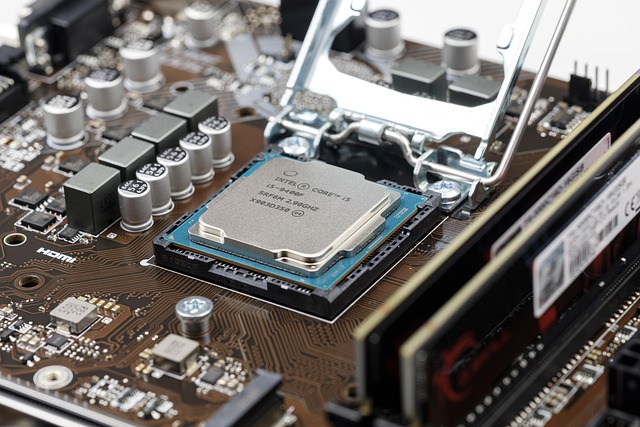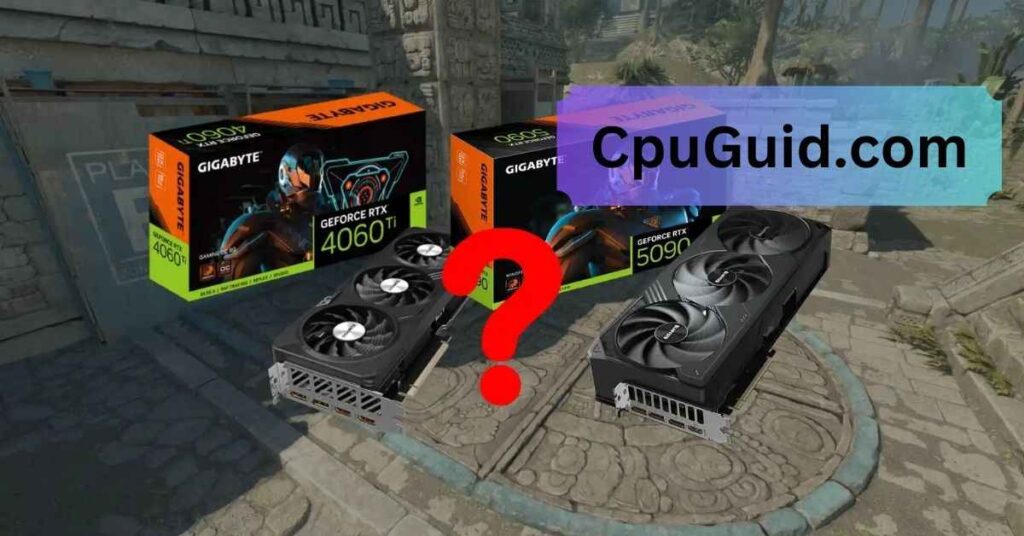Fortnite, one of the most popular battle royale games of the past decade, has captivated millions of players worldwide. As gamers strive to optimize their setups, a common question emerges: Is Fortnite CPU or GPU heavy? The answer can impact hardware choices, gameplay smoothness, and overall gaming experience.
Fortnite is more GPU-heavy than CPU-heavy. This means it relies more on your graphics card than your processor for smooth gameplay. While the CPU still plays a role in handling game logic and background tasks, the GPU takes care of rendering graphics and visual effects. To get the best performance, focus on upgrading your GPU first, but make sure your CPU isn’t too outdated to avoid bottleneck issues.
In this comprehensive guide, we will dive deep into the technical aspects, hardware considerations, and optimization tips to help you understand Fortnite’s performance dynamics.
Why Understanding Hardware Demands Matters
Fortnite is a fast-paced, visually dynamic game that requires a balanced setup to run efficiently. Players often experience performance drops, stuttering, or lag, leading them to question whether upgrading their CPU or GPU would make a more significant difference.
By understanding whether Fortnite is more CPU or GPU heavy, you can make informed decisions about hardware upgrades and system optimizations.
Also Read: CPU Fan Speed Detection Error – A Best Guide Of 2025!
Fortnite’s Core Architecture: CPU or GPU Dominance?
1. The CPU’s Role in Fortnite
The CPU (Central Processing Unit) handles the game’s logic, AI processing, and physics calculations. In Fortnite, the CPU is responsible for managing player inputs, handling hit detection, processing world data, and calculating complex in-game events.
This means that during combat, when multiple players and objects are interacting simultaneously, the CPU load can spike significantly.
Multi-Core Utilization:
Fortnite’s game engine, Unreal Engine 4, is designed to take advantage of multi-core processors. Although single-core performance still matters, having a multi-core CPU (such as a quad-core or higher) can significantly boost performance, especially when the game needs to handle multiple tasks at once.
CPU Bottlenecks and Frame Rates:
If your CPU is outdated or lacks sufficient cores, you may experience bottlenecks that prevent your GPU from working at full capacity. This typically manifests as lower frame rates or frame drops during intense battles. Hence, having a strong CPU is crucial, particularly if you aim to maintain high frame rates in competitive scenarios.
2. The GPU’s Role in Fortnite
The GPU (Graphics Processing Unit) is responsible for rendering the game’s visuals, including textures, lighting, shadows, and complex visual effects. While Fortnite can run on integrated graphics at lower settings, using a dedicated GPU significantly enhances visual fidelity and smoothness.
Visual Settings and GPU Load:
Increasing graphics settings like textures, shadows, and post-processing directly impacts GPU usage. If you want to play Fortnite at high or ultra settings, having a powerful GPU is essential. Additionally, higher resolutions (such as 1440p or 4K) put more strain on the graphics card.
High FPS and Competitive Play:
For competitive gamers, achieving high frame rates (144 FPS or higher) is a priority. This goal requires a capable GPU, especially when playing on high refresh rate monitors. Features like DLSS (Deep Learning Super Sampling) on Nvidia cards can help maintain high FPS without sacrificing image quality.
3. How Different Scenarios Affect CPU and GPU Usage
The game’s CPU and GPU demands can vary depending on your playstyle and in-game situations:
- Building Battles: Rapid construction and player interactions load the CPU heavily.
- Large-Scale Fights: Multiple players nearby put pressure on both the CPU and GPU.
- Scenic Exploration: Viewing distant objects or landscapes typically increases the GPU workload.
- Settings Tweaking: Lowering shadows and effects can shift the load more towards the CPU.
Also Read: Is a Resume the Same as a CV?
Optimizing Your Setup for Fortnite:
Balancing CPU and GPU Power:
To achieve the best performance, your CPU and GPU should complement each other. Pairing a powerful GPU with a weak CPU can cause bottlenecks, while an overpowered CPU with a low-end GPU will not fully utilize the processor’s capabilities.
Ideal Configurations:
- Budget Build: Ryzen 5 3600 + GTX 1660
- Mid-Range Build: Intel i5-12600K + RTX 3060
- High-End Build: Ryzen 7 5800X3D + RTX 4080
In-Game Settings Optimization:
Adjusting in-game settings can balance CPU and GPU load:
- Textures and Effects: Lowering these reduces GPU usage.
- View Distance: Affects CPU, so set to medium or high based on preference.
- Shadows: Turning off shadows lessens GPU demand.
- Frame Rate Cap: Capping at 144 or 240 FPS prevents CPU overloading.
System-Level Tweaks:
- Update Drivers: Keep GPU drivers updated for optimal performance.
- Overclocking: Carefully overclocking your CPU/GPU can yield higher frame rates.
- Background Processes: Close unnecessary applications to free up CPU resources.
Is gaming CPU-heavy or GPU-heavy?
Gaming can be either CPU-heavy or GPU-heavy, depending on the game and its optimization. Generally, fast-paced games with high-quality graphics (like FPS or open-world games) are more GPU-intensive.
In contrast, simulation, strategy, or multiplayer games with complex calculations rely more on the CPU. A balanced system with a strong CPU and GPU is ideal to handle different gaming scenarios efficiently.
Will a better CPU increase FPS in Fortnite?
A better CPU can increase FPS in Fortnite, especially if your current CPU is bottlenecking performance. Fortnite relies on both CPU and GPU, but the CPU handles tasks like game logic, physics, and network calculations.
Upgrading to a CPU with higher clock speeds and more cores can lead to smoother gameplay, particularly in CPU-bound situations like crowded areas or when playing with higher settings.
Is GTA a CPU or GPU game?
GTA V is generally more GPU-intensive due to its detailed graphics, open-world environment, and visual effects. However, it is also CPU-reliant, especially during complex physics simulations and AI processing.
A balanced setup with a strong GPU for visuals and a capable CPU for maintaining stable performance is essential for achieving high FPS and smooth gameplay in GTA V.
Is Valorant CPU or GPU heavy?
Valorant is more CPU-intensive than GPU-intensive. The game is designed to run smoothly even on low-end systems, prioritizing fast-paced gameplay over high-quality graphics.
The CPU handles tasks like hit registration, physics calculations, and maintaining low input lag. While having a decent GPU helps with visual quality, a strong CPU is crucial for maintaining high FPS and minimizing stutter.
Is Fortnite CPU or GPU-intensive?
Fortnite is both CPU and GPU-intensive, but it tends to lean more towards the GPU, especially when running at higher settings or resolutions.
The GPU handles rendering and visual effects, while the CPU is responsible for game logic, AI, and physics. If your FPS drops during intense moments, it’s likely due to CPU strain, whereas graphical slowdowns typically indicate GPU limitations.
Is Fortnite CPU or GPU-heavy for gaming?
Fortnite is moderately balanced but tends to be more GPU-heavy when playing at higher settings and resolutions. The CPU handles building mechanics, physics, and player interactions, while the GPU manages rendering and visual effects.
To achieve optimal performance, a modern GPU and a mid-to-high-range CPU work best, allowing the game to utilize both components efficiently.
Why is Fortnite using more CPU than GPU?
Fortnite may use more CPU than GPU when playing in low settings or when the CPU is handling complex tasks like physics calculations, building interactions, or managing many players simultaneously.
CPU-heavy situations also arise when the GPU is underutilized, often due to settings that don’t fully leverage its power. Adjusting graphical settings to higher values can balance the load and shift more work to the GPU.
Is Fortnite GPU-heavy?
Fortnite can be considered GPU-heavy, particularly at higher graphical settings and resolutions. The GPU is responsible for rendering detailed textures, shadows, and visual effects.
If you’re aiming for high frame rates with ultra settings, having a strong GPU becomes essential. However, it’s not exclusively GPU-bound since the CPU also plays a crucial role in handling in-game mechanics and multiplayer dynamics.
Why is Fortnite CPU-intensive?
Fortnite can be CPU-intensive because it processes many in-game elements like physics, player actions, and building mechanics. When many players are present, especially in modes like Battle Royale, the CPU handles the network synchronization and player interactions.
Additionally, fast-paced building and edits require real-time calculations, putting extra strain on the CPU compared to the GPU.
Is Fortnite RAM-intensive?
Fortnite can be somewhat RAM-intensive, especially when playing on higher settings or with many background applications running. The game typically requires around 8GB of RAM for smooth performance, but 16GB is recommended for consistent frame rates and multitasking.
Insufficient RAM can cause stuttering and slower texture loading, as the system might rely on virtual memory, which is significantly slower.
Is Valorant a CPU or GPU game?
Valorant is primarily CPU-heavy due to its focus on low-latency gameplay, hit registration, and processing multiple player actions simultaneously.
The game is optimized for lower-end hardware, allowing the GPU to handle relatively basic graphics while the CPU manages complex in-game mechanics. To maintain high FPS, a strong CPU is more crucial than a high-end GPU, though both contribute to a smoother experience.
Future-Proofing Your System for Fortnite:
Fortnite updates frequently, which can change hardware demands. Investing in a balanced setup ensures you remain competitive, even as the game’s graphical fidelity improves.
Keep an eye on patch notes for optimizations and new graphical features that may affect CPU or GPU usage.
Final Verdict: CPU or GPU Heavy?
Fortnite is primarily CPU-heavy, especially in fast-paced scenarios involving multiple players. However, GPU performance becomes increasingly vital at higher graphical settings and resolutions. To get the most out of Fortnite, aim for a balanced build that leverages both components effectively. Whether you’re playing casually or competitively, understanding your hardware’s role in Fortnite will help you achieve the best possible experience.
Frequently Asked Questions:
1. Is Fortnite more CPU or GPU-intensive?
Fortnite is generally more CPU-heavy, especially in multiplayer scenarios where calculations like player movement, hit detection, and AI processing are crucial. However, at higher graphics settings, the GPU load also increases significantly.
2. Can I play Fortnite without a dedicated GPU?
Yes, Fortnite can run on integrated graphics with lower settings. However, for smoother gameplay and better visual quality, a dedicated GPU is recommended.
3. Does lowering graphics settings reduce CPU usage in Fortnite?
Not necessarily. Lowering settings like shadows and textures primarily reduces GPU load. Reducing view distance or capping the frame rate can help decrease CPU usage.
4. What CPU and GPU are best for Fortnite in 2025?
For budget setups, the Ryzen 5 5600G and GTX 1660 are great. For high-performance builds, consider the Intel i7-13700K and RTX 4070.
5. Does Fortnite support multi-core processors?
Yes, Fortnite utilizes multi-core processors efficiently, especially in scenarios that involve numerous simultaneous calculations and player interactions.



